Menu

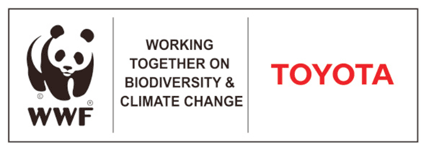


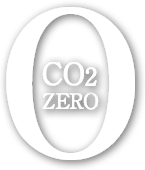
In 2016, WWF and Toyota Motor Corporation entered into a five-year partnership aimed at accelerating the globe’s transition to sustainability. This partnership is the world’s first in the automotive industry and the first ever for a Japanese company. In this partnership, Toyota supports WWF’s “Living Asian Forest Project” and promotes a more sustainable production and use of key commodities such as paper, wood, pulp, palm oil, and natural rubber. WWF and Toyota will also work together to realize the “zero carbon” society.
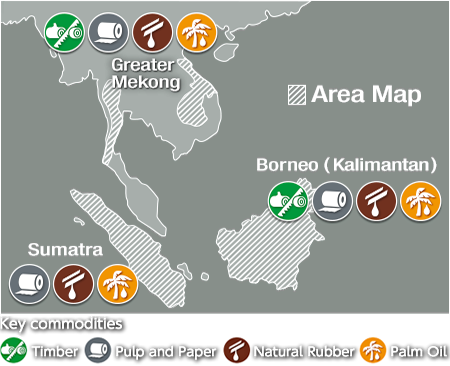
The project is operating in Borneo (Kalimantan) and Sumatra in Indonesia and the Mekong Region which includes the countries of Cambodia, Laos, Myanmar, Thailand and Vietnam in.
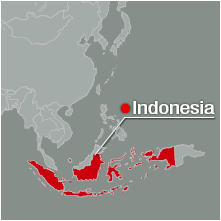
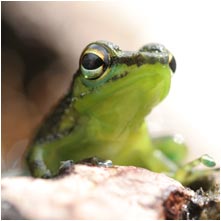
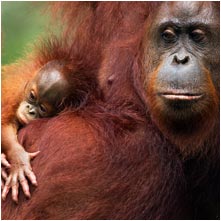
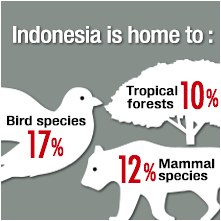
Borneo (Kalimantan) and Sumatra in Indonesia are among the most biologically diverse places on earth. Despite occupying only 1.3% of the world’s surface, Indonesia represents about 10% of the world’s remaining tropical forests, and is home to 12% of world’s mammals, 7.3% of reptiles and amphibians, and 17% of birds. However, Indonesia is rapidly losing its biodiversity due to various factors.
Over the last century, Sumatra has seen drastic losses of its forest areas, especially in the low-lying eastern part of the island which are exposed to greater risk. The altering of forest landscapes for palm oil, natural rubber and pulp and paper etc. has been a primary driver of this loss. If the current rate of deforestation continues, Sumatra may lose all of its forests in the near future.
Forests in Borneo (Kalimantan), which was also covered with tropical rainforests and a very important habitat for endangered mammals such as orangutans, elephants and rhinos, have declined by 50% over the last fifty years.
The partnership engages in a variety of forest conservation activities in different parts of Indonesia including the Tesso Nilo and Bukit Barisan Selatan National Parks in central and south of Sumatra respectively, and Borneo.

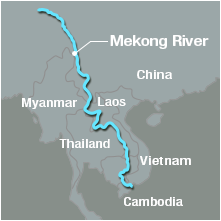
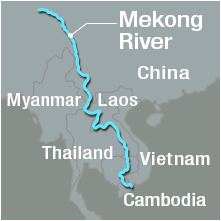
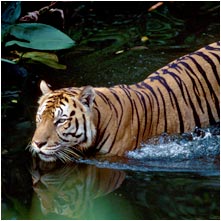
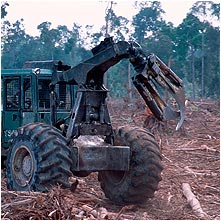
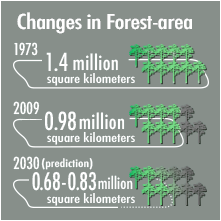
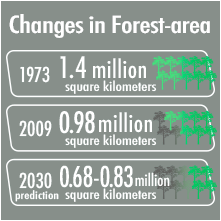
The Mekong River flows for over 4,000km from the Tibetan Plateau to the South China Sea. The Mekong River is not only home to a diverse range of fish species like catfish and carp (which can grow up to three metres long), but also an array of land animals like elephants and tigers that live in the forests stretching out to the basins of each adjoining country. However, infrastructure development, such as the construction of dams and roads on rivers and forests are increasing at an alarming rate, destroying key wildlife habitats.
A total of 1.4 million square kilometers of forest area in the Mekong region (excluding China’s Yunnan Province) decreased to 0.98 million square kilometers between 1973 and 2009. The decreased amount of forest area over the past 40 years is equivalent to 1.4 times of the total land mass of Japan. If the rate of deforestation continues at its current pace, a further 0.15~0.3 million square kilometers of forests will disappear by 2030, and most of the affected areas will be found along the Thai-Myanmar border and the north-eastern region of Cambodia where natural forests remain.
The partnership works on forest monitoring and promoting sustainable natural rubber production to conserve biodiversity in the Mekong region.

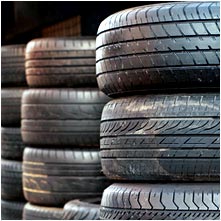
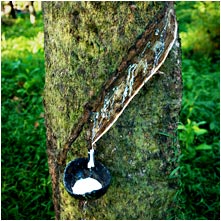
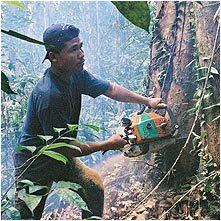

Do you know what products are made out of natural rubber? Daily products we use such as the tyres of bicycles, automobiles, rubber bands, rubber hoses, rubber gloves, rubber boots, and the soles of sneakers contain natural rubber.
The production of natural rubber is concentrated particularly in Southeast Asian countries, such as Thailand, Indonesia, Malaysia, and Vietnam, and these four countries account for three quarters of the total production of natural rubber produced globally.
Thailand and Indonesia are the two largest natural rubber producing countries in the world, and the majority of the rubber consumed in Japan is imported from these two countries.
In recent years, untouched forests in Southeast Asian countries have been disappearing at a high rate due to development and large-scale deforestation. It’s reported that one of the causes of this is due to the expansion of agricultural land to produce natural rubber.
This partnership also works to promote production and use of sustainable natural rubber, and thus conserving Asian biodiversity and supporting sustainable development in the region.
